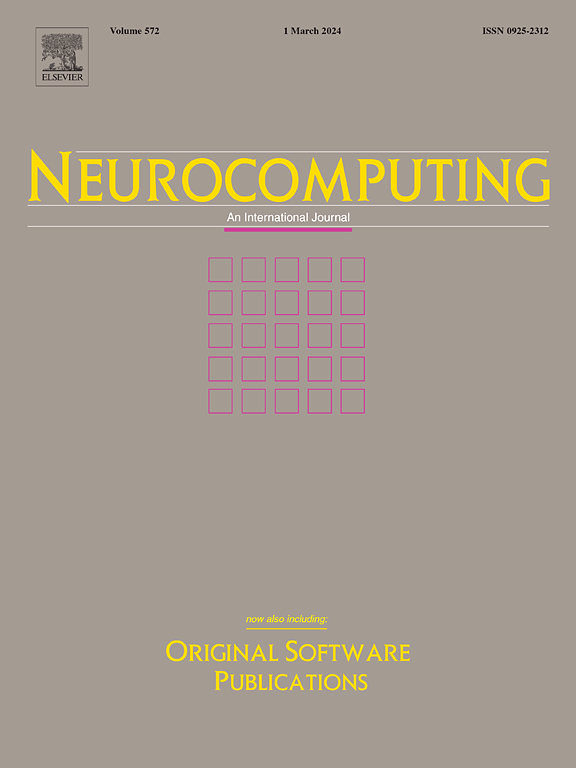Spatial–spectral morphological mamba for hyperspectral image classification
IF 5.5
2区 计算机科学
Q1 COMPUTER SCIENCE, ARTIFICIAL INTELLIGENCE
引用次数: 0
Abstract
Recent advancements in transformers, specifically self-attention mechanisms, have significantly improved hyperspectral image (HSI) classification. However, these models often have inefficiencies, as their computational complexity scales quadratically with sequence length. To address these challenges, we propose the morphological spatial mamba (SMM) and morphological spatial–spectral Mamba (SSMM) model (MorpMamba), which combines the strengths of morphological operations and the state space model framework, offering a more computationally efficient alternative to transformers. In MorpMamba, a novel token generation module first converts HSI patches into spatial–spectral tokens. These tokens are then processed through morphological operations such as erosion and dilation, utilizing depthwise separable convolutions to capture structural and shape information. A token enhancement module refines these features by dynamically adjusting the spatial and spectral tokens based on central HSI regions, ensuring effective feature fusion within each block. Subsequently, multi-head self-attention is applied to enrich the feature representations further, allowing the model to capture complex relationships and dependencies within the data. Finally, the enhanced tokens are fed into a state space module, which efficiently models the temporal evolution of the features for classification. Experimental results on widely used HSI datasets demonstrate that MorpMamba achieves superior parametric efficiency compared to traditional CNN and transformer models while maintaining high accuracy. The source code is available at https://github.com/mahmad000/MorpMamba.
求助全文
约1分钟内获得全文
求助全文
来源期刊

Neurocomputing
工程技术-计算机:人工智能
CiteScore
13.10
自引率
10.00%
发文量
1382
审稿时长
70 days
期刊介绍:
Neurocomputing publishes articles describing recent fundamental contributions in the field of neurocomputing. Neurocomputing theory, practice and applications are the essential topics being covered.
 求助内容:
求助内容: 应助结果提醒方式:
应助结果提醒方式:


